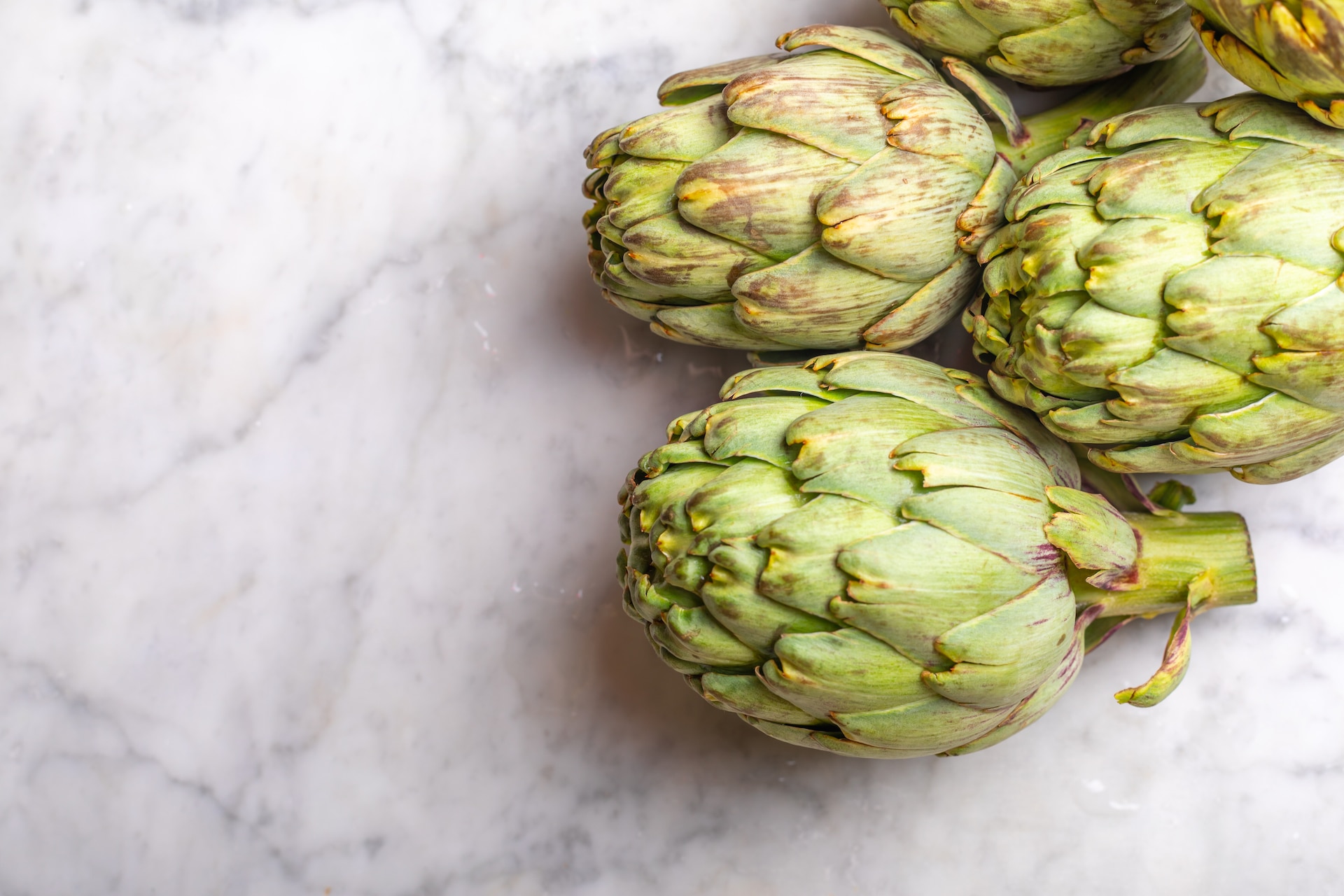 Eat Empowered
Eat Empowered  Healthy Eating Tips
Healthy Eating Tips  Wellness Advice from Experts
Wellness Advice from Experts
These Health Benefits of Spinach Will Make You Want to Eat it at Every Meal
By Karla WalshHome » Eat Empowered » These Health Benefits of Spinach Will Make You Want to Eat it at Every Meal
Popeye was onto something when he ate this superfood by the can. Often eclipsed by its trendier produce aisle neighbors kale and “supergreens,” the health benefits of spinach prove that you shouldn’t overlook the tender leafy green. Discover more about the origins of spinach, how much spinach to eat plus easy and tasty ways to add more to your diet (yes, even if you’re not so fond of the flavor!).
RELATED: Confessions of an RD: I’m Not Even Close to a “Perfect” Eater
What is Spinach, Really?
Spinach is technically part of the chenopodiaceae family, making it a cousin to beets, chard and quinoa. Spinach generally comes in one of three varieties—savoy, semi-savoy and smooth leaf—and its flavor is a mash-up of the bitter beet greens and just-a-hint-salty chard leaves. Although fresh spinach is available all year at the supermarket, it’s best and in season between March and June.
A 2-cup serving or raw spinach has the following nutrition information, according to the USDA’s FoodData Nutrition Database:
- Calories: 12
- Protein: 2 grams
- Fat: 0 g
- Carbohydrate: 2 grams
- Sugars: 0 grams
- Fiber: 2 grams
- Sodium: 40 milligrams
The USDA defines a cooked serving as 1-cup of cooked spinach, which offers:
- Calories: 49
- Protein: 6 grams
- Fat: 1 gram
- Carbohydrate: 8 grams
- Sugars: 1 gram
- Fiber: 5 grams
- Sodium: 412 milligrams
The Biggest Health Benefits of Spinach
In addition to being low in calories and fairly high in fiber, spinach is an excellent source of several vitamins and minerals.
- Vitamin C, which promotes glowing skin and bolsters the immune system.
- Vitamin K helps blood clot properly (in other words, if you have a cut, this ensures you don’t bleed too much) and maintains bone strength. Research suggests that people low in vitamin K are at increased risk of osteoporosis.
- Folic acid assists with normal cellular function and tissue growth, and is especially important for pregnant women.
- Iron, which is an essential mineral that aids in hemoglobin production so the body’s tissues can receive enough oxygen.
- Calcium for strong bones and proper communication within your nervous system. (Note: If you’re prone to kidney stones, work with a registered dietitian to determine the ideal amount of greens, including spinach, to include as part of a healthy diet.)
Other compounds in spinach—including lutein, kaempferol, zeaxanthin and quercetin—can help support eye health, reduce chronic inflammation and lower risk for certain cancers.
RELATED: Brain-Healthy Foods to Help You Focus Better Today
How Much Spinach Should We Eat?
The Dietary Guidelines for Americans suggests you aim to eat 1 cup of leafy greens (spinach or otherwise) each day as part of your recommended produce servings of 2 ½ cups of vegetables and 2 cups of fruit. At Nutritious Life, we suggest focusing on getting in greens twice a day (for example, a handful of spinach in a smoothie for breakfast and Romaine on your lunchtime sammie) to easily meet your needs and reap all benefits.
Seek out fresh spinach that looks fresh and is medium to dark green in color. Refrigerate and store spinach in a loosely-packed, fully-sealed bag or container. Don’t wash the leaves until you’re ready to consume them, as that may speed up spoilage. Stored dry and at the proper temperature, spinach should keep well for about 4 days. If cooking raw spinach, frozen spinach or canned spinach, opt for steaming, sautéing or microwaving spinach rather than boiling to preserve the nutrients. (The latter allows the vitamins and minerals to leech out into the water.)
Frozen and canned spinach both have longer shelf lives and should be just as nutritious as raw, as long as no additional sodium or other additives are included. Check the ingredient list, which should have as few ingredients as possible. And, remember to go for BPA free cans if you go that route.
RELATED: The 7-Day “Eat Your Greens” Challenge
How to Eat Spinach Any Meal of the Day
Nope, you don’t have to eat it straight from the can like Popeye or as plain ol’ raw greens. (We’re not about that crazy low-cal “detox” life!) If you’re feeling indecisive or are unsure of how to get your fix of this superpowered leafy green, pick one of the meal ideas below featuring a homemade and/or healthy-ish store-bought option that features spinach in a unique and delicious way.
Breakfast
Lunch
- Chicken Stir Fry with Spinach and Bok Choy
- Dole Spinach Miso Crunch Premium Salad Kit ($4.49, instacart.com)
- Veggies Made Great Spinach Bake ($3.49, instacart.com) .com)
Snack
- Cooked Spinach and Pine Nuts
- Good & Gather Spinach Dip ($3.99, target.com)
- Strong Roots Spinach Bites ($4.99, instacart.com)
Dinner
- Broiled Salmon with Spinach
- Spinach Salad with Pomegranate Dressing
- Dr Praeger’s Spinach Littles ($4.99, target.com)
(photo credit: Shutterstock)
Health, Food, Wine and Relationship Writer + Cooking and Wine Event Host
RECENT ARTICLES

Want a sneak peek inside the program?
Get FREE access to some of the core training materials that make up our signature program – Become a Nutrition Coach.
Get Access"*" indicates required fields














































































































































































































































































































































































































































































































































































































































































































































































































































































































































































































































































































































































































































































































































































































































